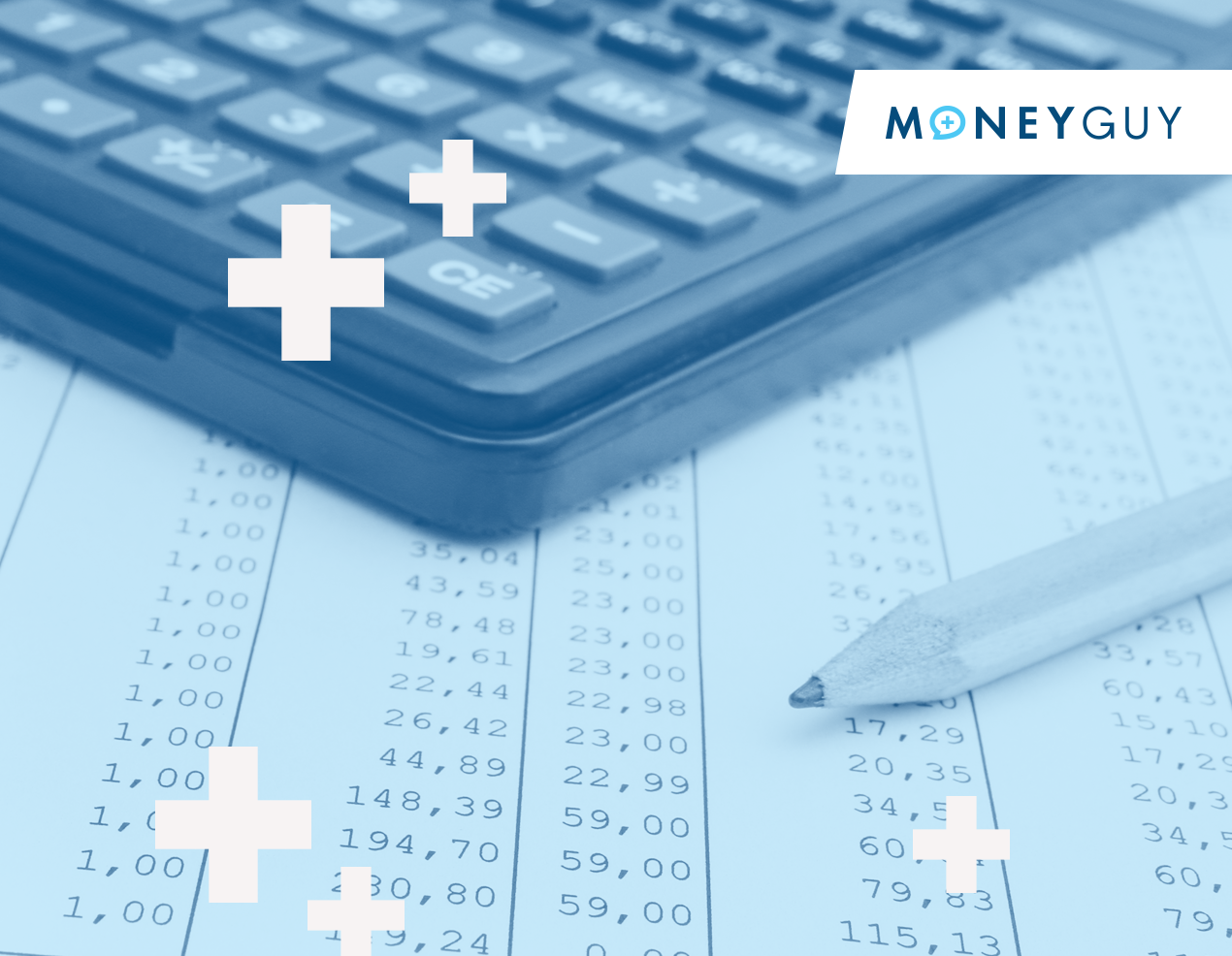Let's talk about number two. How do you get that free money from your employer? How do you maximize every opportunity and every dollar that can be part of your army? For a number of us, if we're working for an employer and they have a 401k, a simple IRA, or a 403b, they may have some sort of system set up. This will say if you put X dollars in, I as the employer will put in X dollars to match you. That money is free money. If it's a dollar-for-dollar match, you can literally think about it as a 100 percent rate of return on your dollar.
So as we move towards year-end, the first question you have to ask is, "Did I take full advantage of the match?" If my employer says, "Hey, if you put in five percent, I'll put in four percent," am I at least doing five percent? If I'm not, figure out how I can start doing that before I get to the end of the year.
Everyone who's actually bought our course, if you go to learn.moneyguy.com, we have the
Financial Order of Operations course, and we talk about this. But this is a little-known peek behind the curtain: Employee Stock Purchase Plans. We actually consider them as part of step two, especially if your employer offers a 15 percent discount. And a lot of times, that discount is either at the beginning of the quarter or the end of the quarter, depending on what the lower price of the stock is.
But here's why we want to bring this up now. Usually, with Employee Stock Purchase Plans, you get to enroll twice a year, and December is one of those open enrollment periods. Pay attention because it might make sense to take advantage of that free opportunity that your employer is offering. I love it. And the last thing is, when we think about moving into the end of the year, we always want to reevaluate when it comes to how I'm funding my employer contribution. Am I doing pre-tax, or am I doing Roth? Just because I did one last year doesn't necessarily mean that I ought to do the same one this year. We actually have a Money Guy rule to help you walk through this.
If you look at your marginal federal tax rate and your marginal state tax rate, right? You add them together, and if it's under 25 percent, you may want to consider contributing to Roth because that tax-free growth can be so, so valuable for you, and you're already in a lower tax situation. If you are in that 25 to 30 percent range, it gets a little more nuanced based on your specific situation and your age, whether I should do pre-tax or Roth. And then, once your marginal rates cross over 30 percent combined, you should really consider looking at pre-tax contributions because every dollar that you put in pre-tax could save you like 30 cents in taxes. It's a huge imputed rate of return. It's a really difficult benefit to walk away from.
Now, Bo just used some words to get me all excited because it just pulls upon my CPA background, like "marginal tax rate." A lot of you are like, "What is that?" Marginal tax rate is what the next dollar you earn will be taxed at, and you can add state if you have a state income tax. There'll be a state marginal rate, and your federal taxes will have a federal marginal rate. If you actually want a guide, we have a great resource for you. Go to
moneyguy.com/resources; it's free for you. We have the 2023 tax guide. Go check it out.













